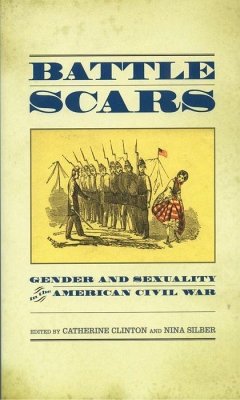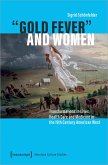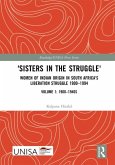This collection addresses how gender scholarship has changed interpretations of the Civil War. The contributors examine the study of masculinity and war, expand understandings of sexuality and politics, and deal with issues of health, treason, religion, domesticity, and slavery as they affected Northern and Southern men and women during the Civil War era.
Over a decade ago, the publication of Divided Houses ushered in a new field of scholarship on gender and the Civil War. Following in its wake, Battle Scars showcases insights from award-winning historians as well as emerging scholars. This volume depicts the ways in which gender, race, nationalism, religion, literary culture, sexual mores, and even epidemiology underwent radical transformations from when Americans went to war in 1861 through Reconstruction. Examining the interplay among such phenomena as racial stereotypes, sexual violence, trauma, and notions of masculinity, Battle Scars represents the best new scholarship on men and women in the North and South and highlights how lives were transformed by this era of tumultuous change.
Over a decade ago, the publication of Divided Houses ushered in a new field of scholarship on gender and the Civil War. Following in its wake, Battle Scars showcases insights from award-winning historians as well as emerging scholars. This volume depicts the ways in which gender, race, nationalism, religion, literary culture, sexual mores, and even epidemiology underwent radical transformations from when Americans went to war in 1861 through Reconstruction. Examining the interplay among such phenomena as racial stereotypes, sexual violence, trauma, and notions of masculinity, Battle Scars represents the best new scholarship on men and women in the North and South and highlights how lives were transformed by this era of tumultuous change.
No historians have done more to broaden our understanding of the Civil War than Catherine Clinton and Nina Silber. In this new volume, they stretch the boundaries yet again, introducing us to new voices, new subjects, and new ways of looking at old topics. Everyone interested in this central drama of American history should be grateful. Edward L. Ayers, University of Virginia








